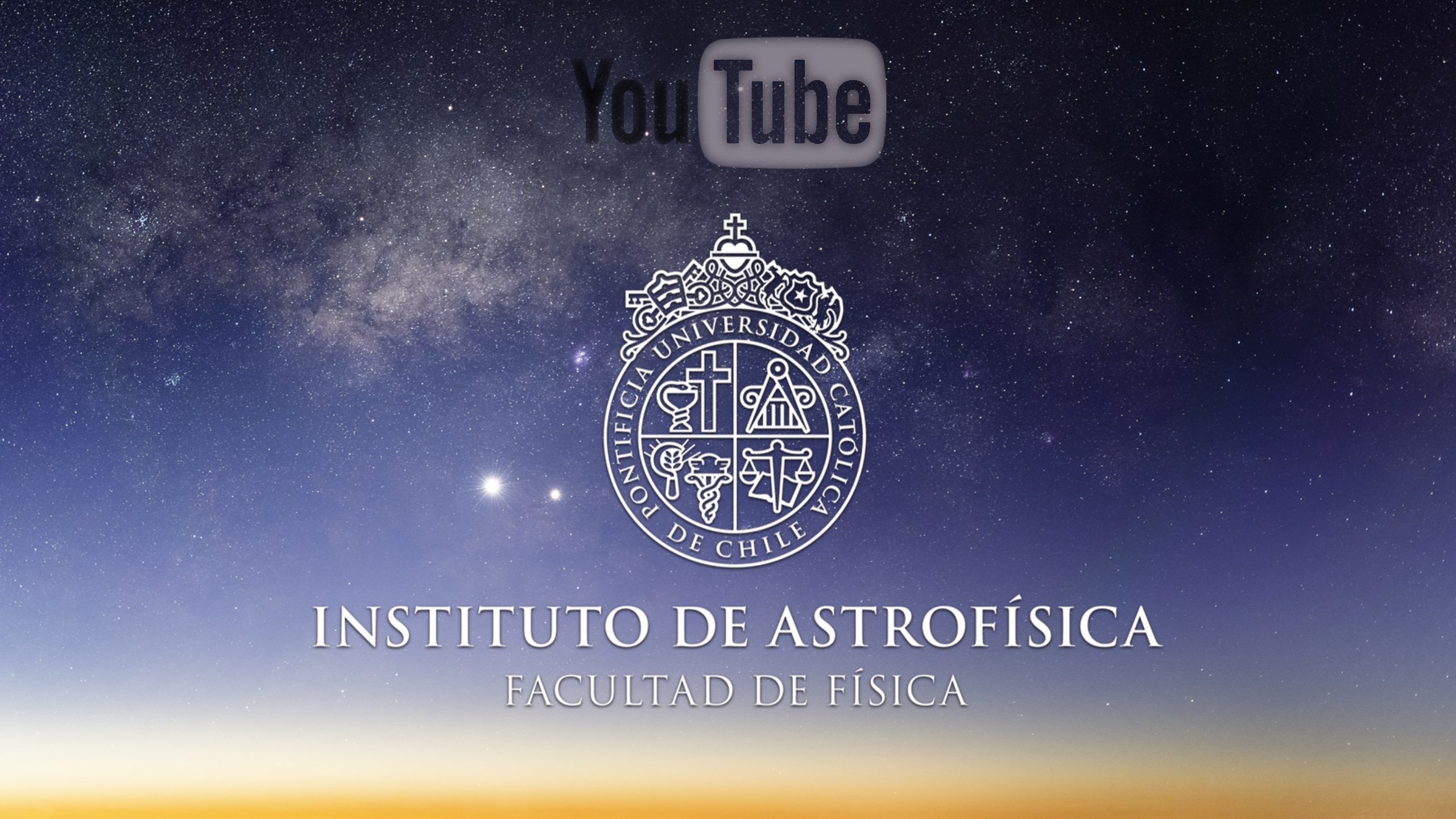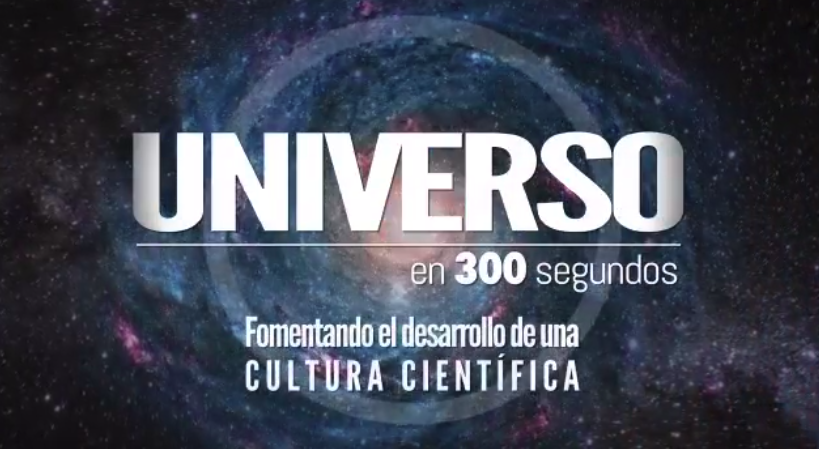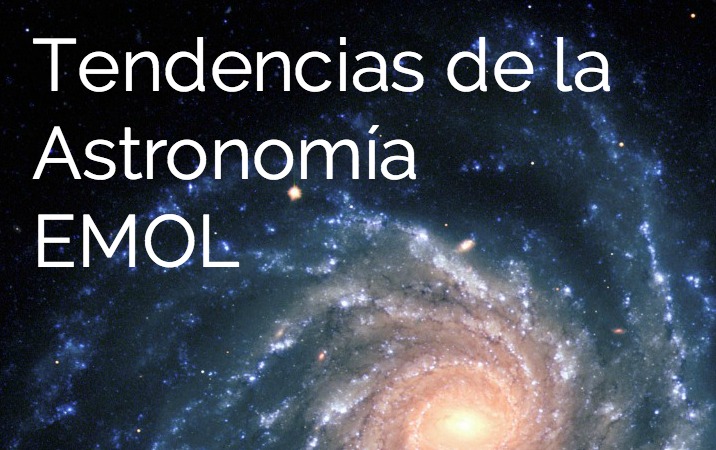Cluster formation and gas kinematics in high mass clouds -Amelia Stutz
From April 27, 2021 15:30 until April 27, 2021 16:30
Posted by Patricia Tissera
Amelia Stutz
Universidad de Concepcion
Cluster formation and gas kinematics in high mass clouds.
By observationally scrutinizing the nearest high mass clouds and
protoclusters, we gain new insights into cluster formation physics.
The Integral Shaped Filament (ISF) is home to the nearest significant
protocluster, the Orion Nebula Cluster (ONC/M42). Based on a high
density of observables of both the gas and stars, we previously
proposed the "slingshot" mechanism, requiring that the gas ISF
oscillate ejecting stars. The B-field morphology (possibly helical)
and strength, compared with the gas mass distribution, indicates that
magnetic instabilities may be propagating through the cloud driving
the oscillations in the ISF. These may be responsible for the
slingshot. The gas kinematics exhibit twisting and turning features
that may be consistent with rotation and helical structures in the
dense gas. We show that the stellar density follows a Plummer profile
while the gas follows a cylindrical power law. The stellar
contribution to the gravitational field is nearly equal to that of the
gas at r=a. At all other radii the field is gas-dominated. The
cluster crossing time is ~ 0.5 Myr, nearly identical to the filament
oscillation timescale. These results reveal an intimate connection
between the stars and the gas, such that tidal effects due to filament
oscillations may set the protocluster structure. That is, the gas
density regulates the star density in the ONC. Meanwhile, in
California cloud, which has the same mass as Orion but is at an
earlier evolutionary stage (~1/10th the protostars), we detect
rotation in cluster-forming filament L1482. Results in extragalactic
systems show that cloud rotation is set by the overall galaxy rotation
and not consistent with e.g. cloud-collision models. Combined, these
results may indicate that velocity gradients in Milky Way
protoclusters are naturally explained by rotation (and helicity),
which is established on large scales of galaxy disks and then
percolates down to protocluster and possibly even to the tiny scales
of protostars.











